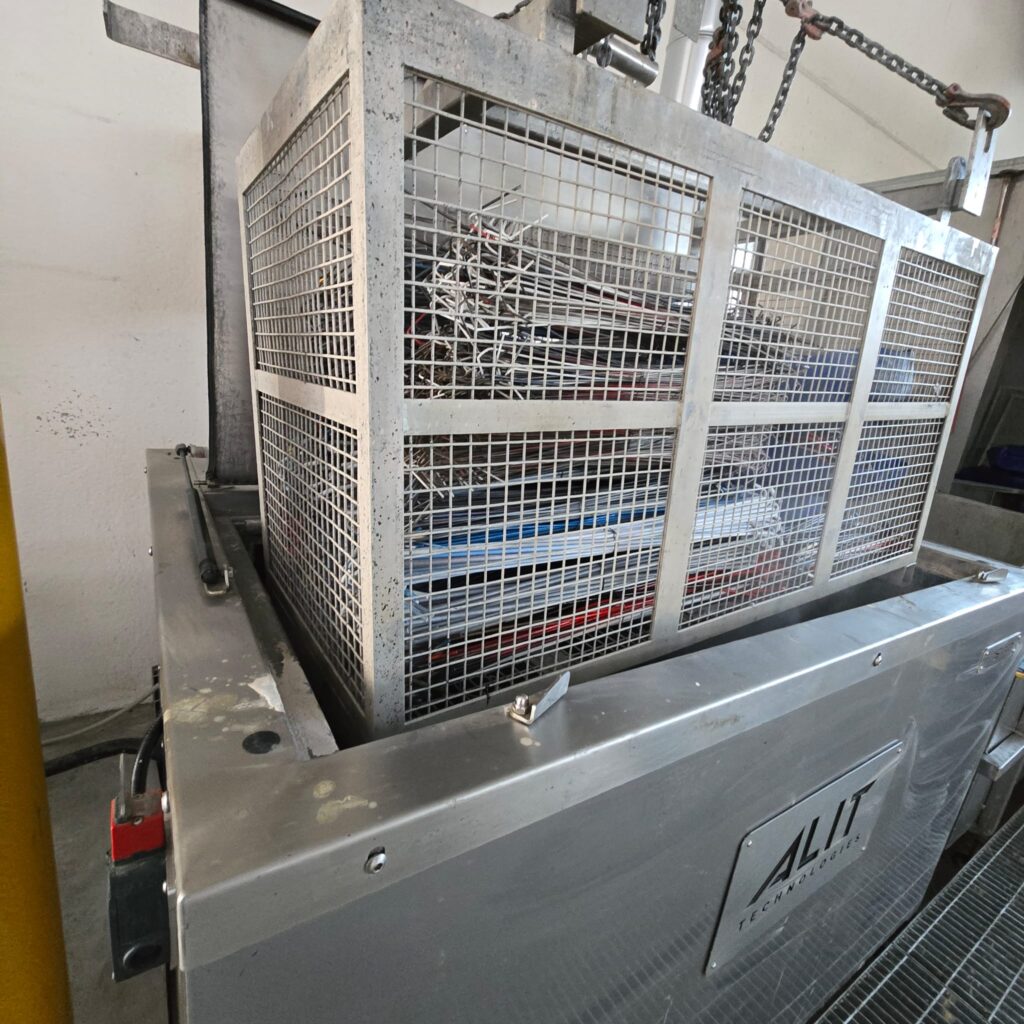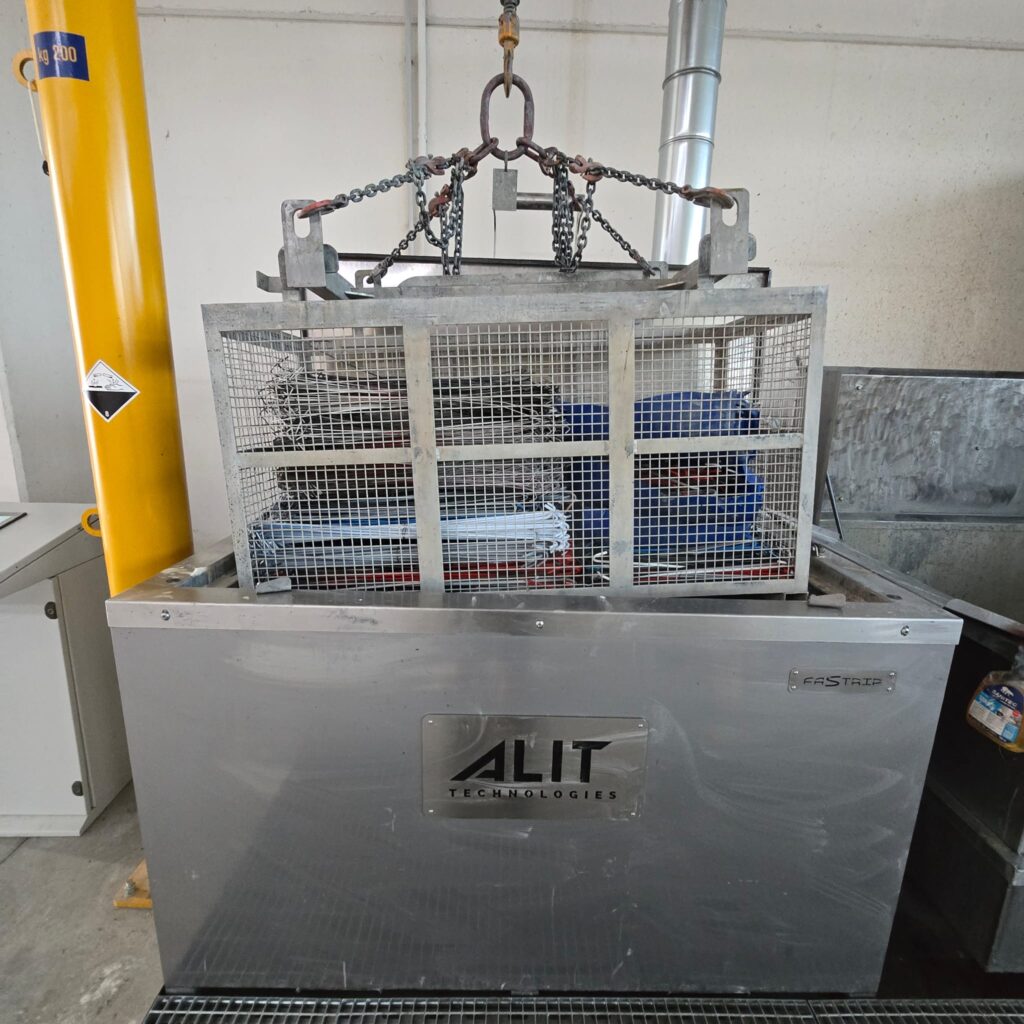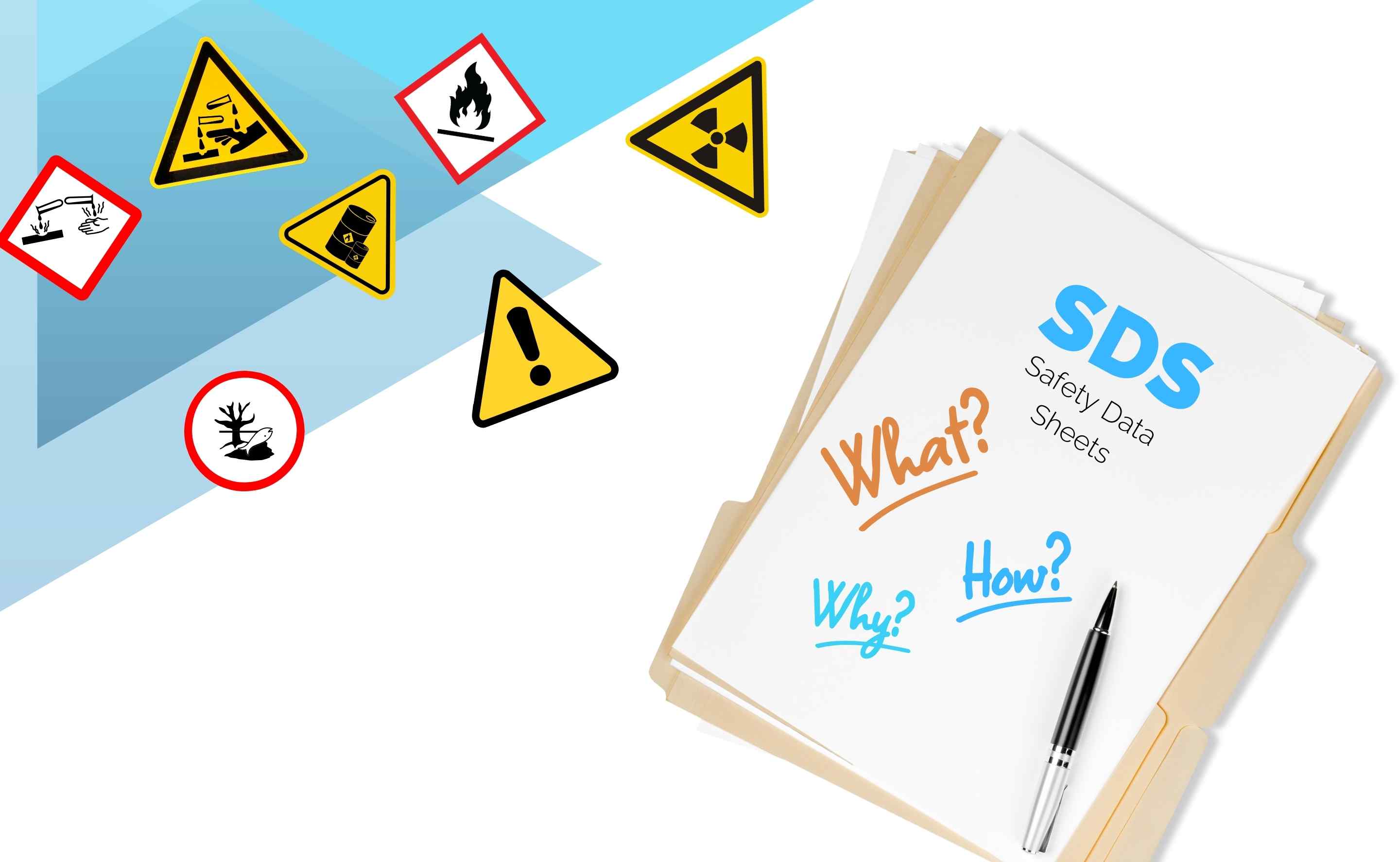
In an industrial landscape increasingly focused on efficiency and sustainability, the decision to manage paint-stripping processes internally is becoming a significant shift for many companies in the coatings industry. This approach, compared to traditional outsourcing, offers clear advantages in terms of cost, time, and quality control.
A New Paradigm in Paint Stripping
While third-party paint stripping remains common practice, more companies are opting to bring these processes in-house. ALIT Technologies has established itself as a leader in this field, providing innovative solutions that enable the integration of paint stripping into production cycles. This not only reduces reliance on external suppliers but also ensures higher quality finished products and substantial cost savings.
Univertech and ALIT: A Winning Partnership
A concrete example of this transformation is Univertech srl, a company specializing in industrial coating. Founded in 2005 by Doriano Pasian, later joined by Managing Director Moira Matiz, Univertech is located in the heart of the Pordenone industrial district. With a highly flexible powder coating plant, the company offers a wide range of surface treatments for conductive metal materials, dynamically responding to market needs.
In 2023, Rosario Toscano, Metal Treatment Manager at Univertech, faced the challenge of improving the efficiency of hook paint stripping used in the coating process. The traditional approach of outsourcing resulted in high costs, long waiting times, and the risk of damage during transportation. The solution was clear: bring paint stripping in-house.


Implementing the Fastrip T5 Multitank
After a thorough assessment of Univertech’s needs, ALIT Technologies proposed installing the Fastrip T5 Multitank, an immersion paint-stripping system designed for quick and effective treatment of metal components. This system was paired with the Metalstrip 2011 stripping solution, a water-based, halogenated hydrocarbon-free product that is both safe and sustainable.The implementation process was guided step by step by Diego Pellizzon, ALIT Technical Sales Agent, alongside Michele Merlo, Technical Sales Manager for Italy. The team provided technical support and training for Univertech staff, ensuring a smooth transition and optimal use of the new system. Rosario Toscano noted, “I found an amazing team that supported me from the initial idea to the final project realization. Michele and Diego are always available and ready to address our challenges, both for paint stripping and future projects.”


The Benefits of Internal Paint Stripping
The introduction of the Fastrip T5 Multitank brought multiple benefits to Univertech:
- Reduced Waiting Times: Internal paint stripping improved the company’s responsiveness and optimized resource management.
- Minimized Waste: By eliminating external transport, hooks are no longer damaged, reducing replacement costs.
- Superior Quality: Perfectly clean hooks ensure a flawless final coating.
- Cost Savings: Through internal paint stripping and ALIT’s solutions, Univertech reduced hook purchase and disposal costs by up to 20% annually, achieving an overall saving of 60%.
A Sustainable and Monitored Approach
The use of Metalstrip 2011, combined with Aktivator 2550, ensured the stability of the stripping bath, enabling product reuse and minimizing operational costs. ALIT also provided monitoring tools, including manuals and data collection tables, allowing Univertech to track consumption and performance while identifying improvement areas.
Diego Pellizzon commented, “Supporting Univertech is rewarding because their competence and drive for improvement are immediately evident. They’ve adopted our analytical approach to ensure maximum quality while keeping operational costs under control.”
Towards a New Era in Paint Stripping
The collaboration between ALIT and Univertech demonstrates how internal paint stripping represents a breakthrough for industrial coating companies. Reduced lead times, cost reductions, and quality improvements are achievable thanks to ALIT’s innovative technology and a shared commitment with clients.
Today, Univertech independently manages its paint-stripping process, achieving tangible benefits in operational efficiency and customer satisfaction. This is the new era of paint stripping: an internal, efficient, and sustainable process that gives companies full control over quality and costs.











